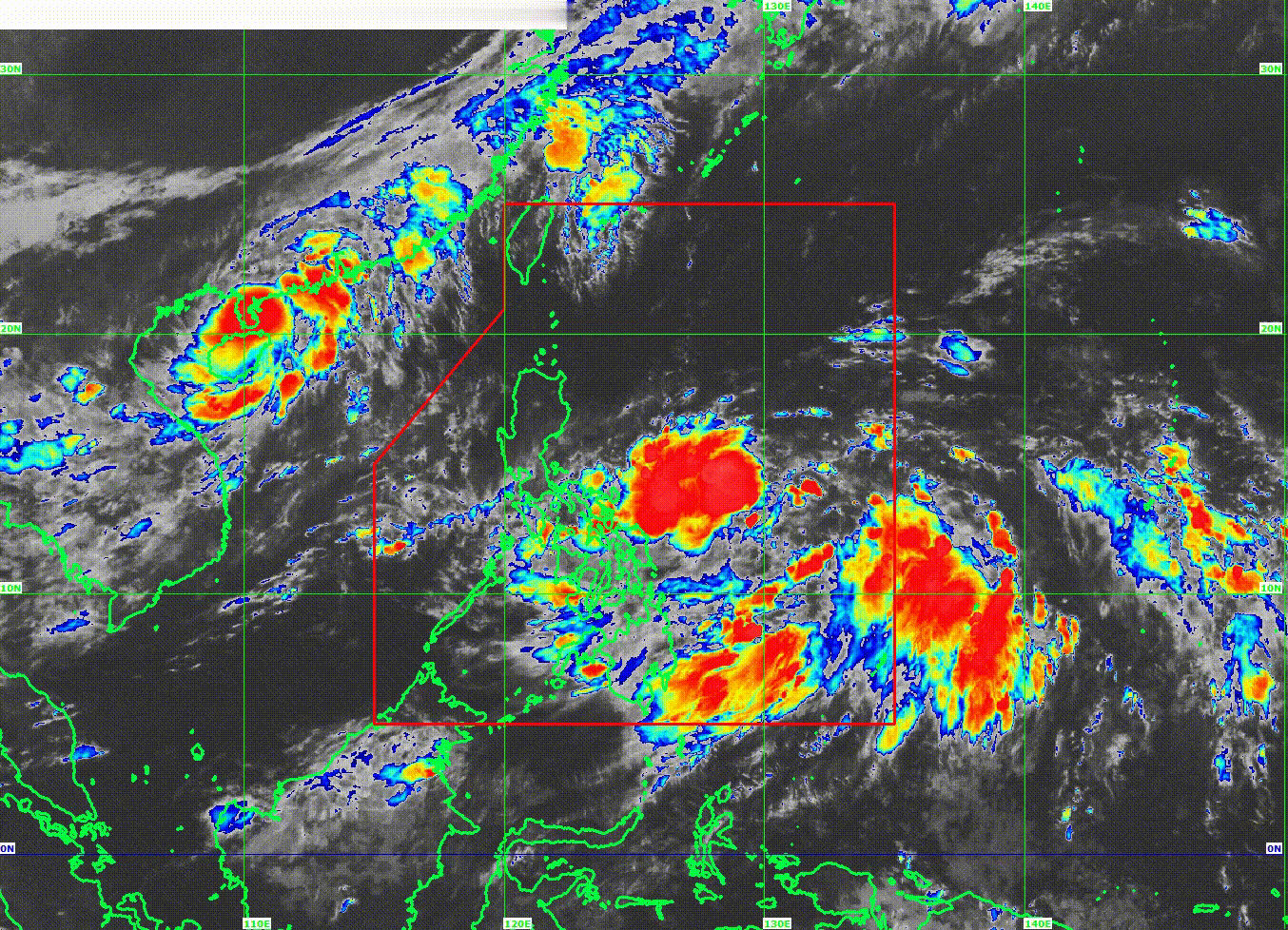Faster, Stronger Super Computers
Context:
India will likely have the fastest “supercomputer” in the world later this year, or more accurately, an enhanced “high-performance computing (HPC)” machine. The French business Atos, which offers consulting and IT services, will construct and install this system.
Points to Ponder:
- Upgraded HPC System: Later this year, India plans to install an upgraded high-performance computing (HPC) system, which is anticipated to be the fastest supercomputer in the entire continent. As part of a 2018 agreement between the governments of France and India, the French company Atos is developing the system.
- Purpose of HPC Systems: The Indian Institute of Tropical Meteorology in Pune and the National Centre for Medium-Range Weather Forecasting in Noida will also use HPC systems for their intended purposes. These institutions now house Mihir and Pratyush, two potent HPC machines. These devices, including the new Atos systems, are primarily used to run sophisticated weather models for a variety of forecasts, including long-term monsoons and daily weather variations.
- Technological Prowess: High-performance computers are regarded as being a sign of a nation’s technological prowess. Countries that rank among the Top500 list of the world’s most powerful HPC machines frequently promote the existence of their systems. Only one Indian machine, at Pune’s Centre for Development of Advanced Computing (CDAC), now ranks within the top 100, with a top speed of 13 petaflops, according to the Top500 list, which is updated twice a year.
- Computing Power: The number of floating-point operations performed by a computer each second, or FLOPS, is used as a measure of its processing power. While India already has several machines at the petaflop level spread across numerous research organisations, the new French machines are anticipated to reach speeds of 18 petaflops. It’s important to note that supercomputing technology has advanced quickly, with modern gadgets like game consoles and laptops that were formerly deemed supercomputers two decades ago now outperforming them.
- Applications Other Than Weather Modelling: In addition to being a critical application for HPC systems, other scientific areas like protein biology, aerospace modelling, and applications related to artificial intelligence (AI) also substantially rely on computer power. Indian scientists can address difficult research topics thanks to their access to strong supercomputers. However, it’s critical to assess whether the application of these tools has resulted in meaningful advances in basic research or the creation of marketable goods.
- Impact on Weather Forecasts: In India, the usage of HPC machines has significantly boosted cyclone predictions and short-term weather forecasts. Since modelling the state of the atmosphere and oceans is necessary for accurate weather forecasting, these supercomputers’ incredibly potent computational capacity is required.
- Importance of Accountability: Although having a powerful supercomputer is advantageous, more attention should be paid to evaluating its effects in areas other than weather forecasting. It is important to consider their value in other research fields and assess whether they have facilitated significant improvements or the launch of commercial products rather than focusing exclusively on speed and power.





